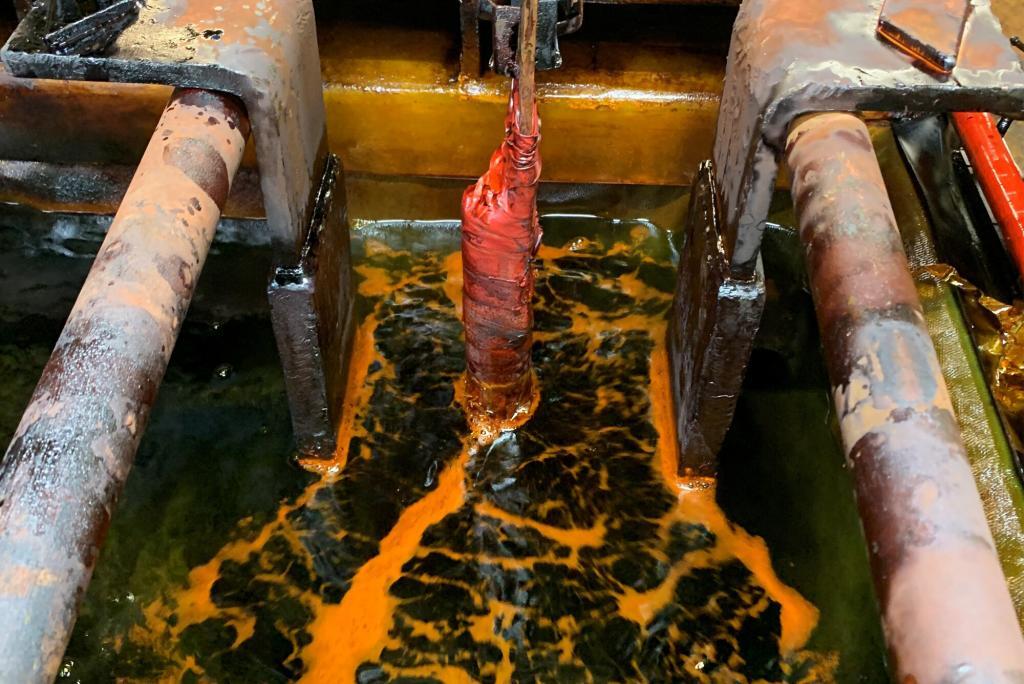



Objects are rarely ever made of solid chrome. Rather, when you hear that something is chrome, it’s more than likely that the object is plated in a chrome finish. That means that there’s a thin layer of chrome plating the surface of the object. Typically, the underlying base of the object is actually steel, aluminum, brass, copper or some other material.
Well, to put it in layman’s terms, chrome plating, sometimes also called chromium plating, is a process that utilizes electrical currents in order to reduce dissolved metal cations. In turn, this helps to form a coherent metal coating.


Tools may need chrome plating for several different reasons. Whether it be to minimize wear, prevent seizing or galling, reduce friction, facilitate cleaning, minimize or prevent potential corrosion.
Between component design, electrical current, cleaning preparation, racking and pretreatment, US Chrome’s unparalleled attention to detail in chrome plating ensures quality results in all products.
A typical hexavalent chrome plating process includes three major components: activation bath, chromium bath and rinse.
The activation bath etches the work-piece surface and removes any scale.
Chromium bath includes a mixture of chromium trioxide and sulfuric acid to a prescribed ratio. The precise temperature of the bath and current density affects the brightness and final coverage of the product.
Lastly, the rinse cycle is considered a ‘final bath’ stage that removes any remaining chemicals from the product leaving the completed chrome plating.
Almost any metallic surface can be chrome plated from aluminum, nickel alloys, titanium, copper, steal and stainless steel.
Generally speaking, there are two different types of chrome plating – hard chromium and decorative chromium plating. The difference between the two is the thickness of the plating and the type of undercoating being used.
Hard chrome coatings are oftentimes used in industrial environments and for parts that need exceptional wear resistance whereas decorative chrome plating is more so used to impact the bright or satin-like appearance to the chrome layering.
We’re confident US Chrome will be the best option for your plating applications because of our engineering approach, exceptional customer service, and regional locations. Contact us now with your questions or coating challenges.
We’ll help you find the right answer.
Subscribe to our newsletter to learn more about the electroplating industry!
US Chrome has been helping engineers find solutions to surface coating challenges for more than 80 years.